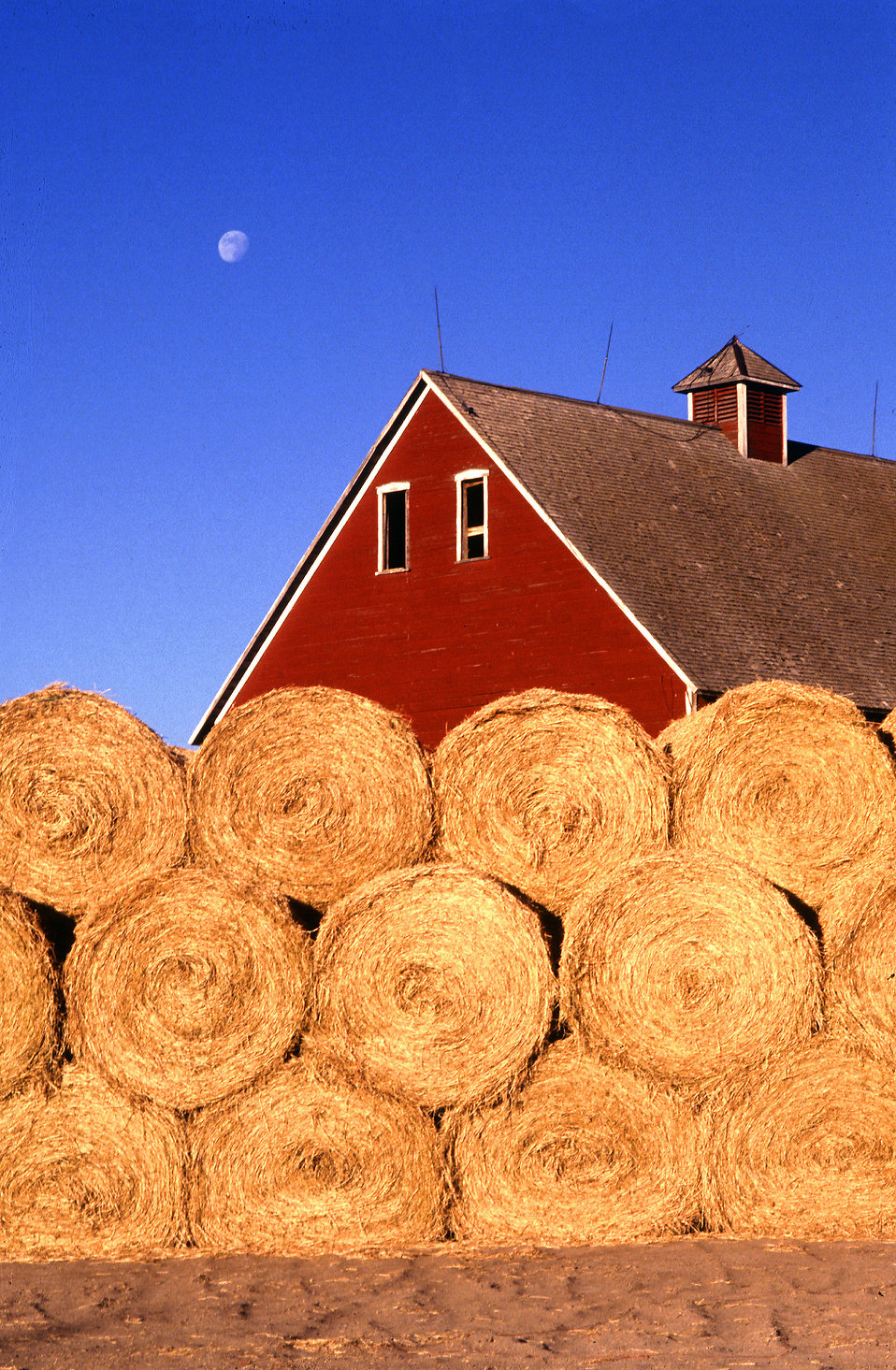Monday, November 14, 2016 - Since forage makes up 50-90% or more of a horse’s diet, the quality of the hay being fed is a major factor in equine health. The most important factor  determining hay quality is the stage of plant maturity at time of harvest. Young, immature plants contain more nutrients than older, stemmier plants.
determining hay quality is the stage of plant maturity at time of harvest. Young, immature plants contain more nutrients than older, stemmier plants.
Storage conditions and age have a significant effect on vitamin content of hays. Many vitamins, such as vitamins A and E, are not stable over time and lose biological activity. After approximately six months, almost all vitamin A and E activity levels are lost.
Here are six things to look for in good-quality hay:
- High leaf-to-stem ratio — more flat leaves in the hay and fewer round stems indicates that the plant was less mature when cut. More leaves typically mean higher digestibility and nutrient content.
- Small stem diameter — also an indicator of higher quality, as smaller stems mean the plant was less mature when cut. To test the stem size, grab a handful of hay and give it a squeeze. Good-quality hay is soft and pliable; if it feels like you’re squeezing a handful of sticks, it is not a good choice of hay to feed your horse.”
- Few seed heads or blooms. Hay with few or no seed heads or blooms indicates a younger, early-maturity plant and, thus, a higher-quality hay. For example, timothy hay should be cut in the pre-bloom or early-bloom stage, when there are few to no seed heads, and alfalfa (for horses) should be cut at the early- to mid-bloom stage.
- Fresh smell and appearance. Avoid musty, moldy or offsetting-smelling hay, because it can reduce palatability and indicate poor quality.
- Cleanliness. Hay should be made up of primarily the harvested forages. Look for a clean forage with little to no dust. Even if most of the hay is high quality, hays containing dirt, mold, weeds, trash or other foreign materials indicate poorer quality hay and may be unfit to feed to horses.
- Color. Good-quality hay should be bright-green in color, with little fading. A bleached, yellow, brown or black color may indicate aged hay, mold or poor storage conditions.
When good-quality hay is scarce or too costly, horse owners may need to compensate by increasing the amount of feed to provide calories and nutrients not provided by lesser-quality hay. In some situations, it may be beneficial to replace most or all hay in the horse’s diet with a feed designed for that purpose.
Learn more at this link